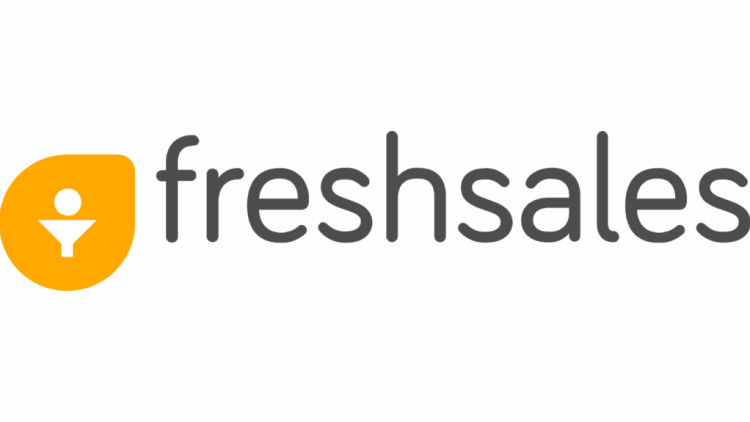How to Set Up DKIM for Freshsales?

DKIM is specified in RFC 6376, and it is used by a number of email service providers, including Google, Yahoo, and Microsoft. DKIM is designed to address some of the flaws in the existing email system, such as spoofing, phishing, and message tampering. It allows email senders to digitally sign their messages in a way that can be verified by email receivers. This allows receivers to verify that the message truly came from the sender, and has not been tampered with.
Steps to configure DKIM signing for Freshsales
Before starting the process of configuration, your email domain must first be added and verified in Freshsales.
- Select Admin Settings > Domain Verification from the menu.
- Click “Add domain”

- Enter the domain you want to add in the ADD DOMAIN box, then click “ADD”

- In the Domain list section, where your newly formed domain appears, click “View DNS record.”

- The CNAME records will appear
Steps to publish CNAME records through DNS for Freshsales:
- Make the following adjustments to your DNS records by visiting the admin page.
- Create Cname records for your own domain name and the associated Freshsales record values for that domain.
- Once the records have been added, go to the DNS records tab in Freshsales and click Verify to check the DNS records.
- Once a DNS record has been validated, you will get a success message and the status will change from “Not verified” to “Verified.”
- Your domain will be marked as “Verified” in the domain list view once all the records have been verified.

Use our free DKIM record lookup tool to validate the published DKIM record.
Enable DMARC for your domains to protect against spoofing. Sign up for a free trial today!
For more information on Freshsales DKIM setup, you can refer to their reference documentation






